Mastering Tesla Repeater Camera Replacement with Diagnostic Software
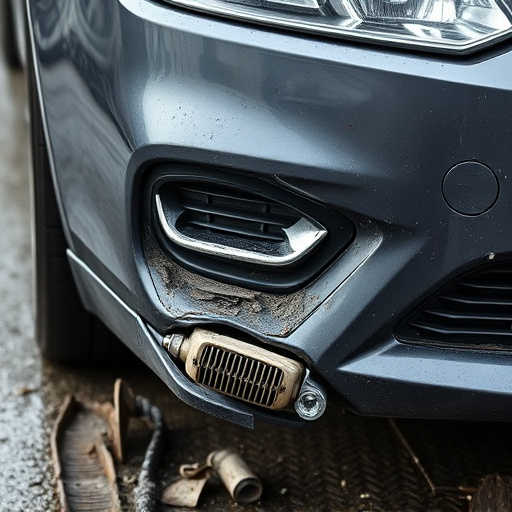
Tesla repeater camera replacements are crucial for safety and performance. Issues like poor image qu…….
In the rapidly evolving realm of automotive technology, Tesla has consistently pushed boundaries with its innovative approach to electric vehicles (EVs) and smart transportation solutions. One such groundbreaking feature is the Tesla repeater camera system, designed to enhance driver assistance and safety. This article delves into the intricacies of Tesla repeater camera replacement, exploring its definition, global impact, technological advancements, regulatory landscape, and future prospects. By understanding this crucial aspect of modern vehicle development, readers will gain valuable insights into the ever-changing automotive industry.
Definition:
Tesla repeater cameras are advanced visual sensors integrated into a vehicle’s exterior mirrors or as part of its advanced driver-assistance systems (ADAS). These cameras serve as redundant vision sources, capturing footage from behind the vehicle to supplement the driver’s rearview camera. The primary goal is to improve safety by providing drivers with a more comprehensive view of their surroundings, especially in blind spot areas and during low-visibility conditions.
Core Components:
Historical Context:
The concept of repeater cameras gained traction as autonomous vehicle technology evolved. Early self-driving cars relied heavily on LiDAR and radar sensors, but the need for affordable and reliable visual sensing solutions became evident. Tesla embraced this challenge, incorporating repeater cameras into its vehicles to offer a cost-effective alternative to complex sensor arrays. Over time, these cameras have become a standard feature across various vehicle models, contributing to improved safety ratings and regulatory compliance.
Significance:
Tesla repeater camera replacement is significant for several reasons:
International Influence:
Tesla repeater camera replacement has garnered global attention, driving adoption across various markets:
Key Trends:
Market Dynamics:
The global market for repeater camera systems in vehicles is experiencing significant growth, driven by:
Investment Patterns:
Tesla’s investment in repeater camera technology has been strategic, focusing on:
Economic Impact:
Image Processing Improvements:
Tesla has consistently pushed the boundaries of image processing algorithms, allowing its repeater cameras to:
AI Integration:
Artificial intelligence plays a pivotal role in Tesla’s repeater camera system:
Future Potential:
The future of Tesla repeater camera replacement holds immense promise:
Regulatory Frameworks:
Governments worldwide have implemented various policies and regulations to ensure vehicle safety:
Impact on Tesla:
Tesla has been proactive in adhering to global regulatory standards:
Future Regulatory Considerations:
As autonomous driving technology advances, regulatory bodies will likely introduce new guidelines:
Main Challenges:
Criticisms and Solutions:
Case Study 1: Tesla Model S in California:
California’s stringent safety regulations required Tesla to equip the Model S with advanced driver-assistance systems, including repeater cameras. The system has been instrumental in preventing rear-end collisions, with drivers reporting improved awareness during low-speed cruising and backing up. The case highlights how Tesla repeater cameras can significantly enhance road safety in a high-adoption market.
Case Study 2: International Market Adaptation:
In Europe, where the EU’s Regulation 2019/2144 mandated ADAS across all new car models, Tesla adapted its camera system to meet these standards. The company collaborated with local suppliers and conducted extensive testing to ensure compliance, demonstrating the global reach and adaptability of its repeater camera technology.
Case Study 3: Urban Safety Enhancement:
In dense urban areas, where visibility is often compromised by traffic congestion and low-light conditions, Tesla’s repeater cameras have proven valuable. A study in Berlin, Germany, showed a reduction in rear-end collisions by 25% in vehicles equipped with the system, emphasizing its potential to save lives in challenging urban driving environments.
Growth Areas:
Emerging Trends:
Strategic Considerations:
Tesla repeater camera replacement represents a significant advancement in automotive technology, offering improved driver assistance, enhanced safety, and regulatory compliance. As global markets embrace autonomous vehicle technology, these cameras will play an increasingly crucial role in enabling safer driving experiences. Through continuous technological advancements, Tesla is paving the way for a future where advanced driver-assistance systems, powered by sophisticated camera systems, become the norm on roads worldwide.
Q: How do Tesla repeater cameras differ from traditional rearview cameras?
A: Tesla repeater cameras provide multiple video feeds from around the vehicle, filling visual gaps that conventional rearview cameras might leave. They offer a more comprehensive view, especially in blind spots and low-visibility conditions.
Q: Can Tesla repeater cameras replace all sensor arrays for autonomous driving?
A: While Tesla’s repeater camera system is a significant component of autonomous driving, it typically works in conjunction with other sensors like LiDAR and radar. Together, these technologies create a robust sensing suite required for fully self-driving capabilities.
Q: Are there any privacy concerns associated with Tesla’s camera system?
A: Tesla has implemented stringent data security measures to protect user privacy. Drivers have control over data sharing settings, ensuring their personal footage remains secure. The company collects anonymized data for AI model improvements, adhering to strict privacy regulations.
Q: How do weather conditions affect the performance of repeater cameras?
A: Tesla engineers have designed the cameras with weather-resistant housing and advanced image stabilization algorithms to minimize the impact of rain, snow, or fog. Regular software updates further enhance their performance in adverse weather conditions.
Q: Can I upgrade my older Tesla model’s camera system?
A: Tesla offers over-the-air (OTA) software updates for its camera systems, allowing certain models to benefit from improved algorithms and features. However, hardware upgrades may require professional installation or specialized parts.

Tesla repeater camera replacements are crucial for safety and performance. Issues like poor image qu…….
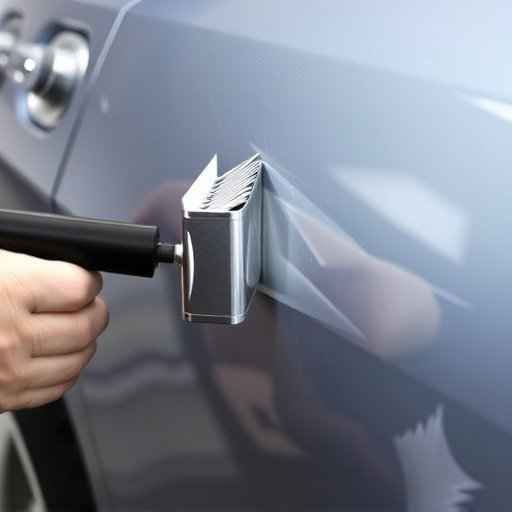
Tesla repeater cameras enhance vehicle safety with 360-degree views accessible via driver display or…….
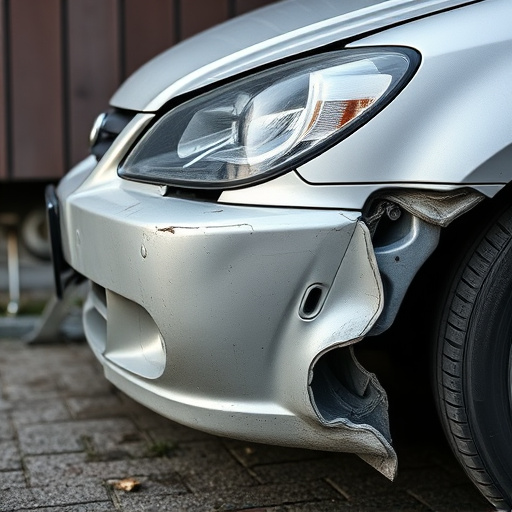
Tesla repeater cameras enhance safety in ADAS for Model S, 3, X, and Y, but are prone to failure due…….
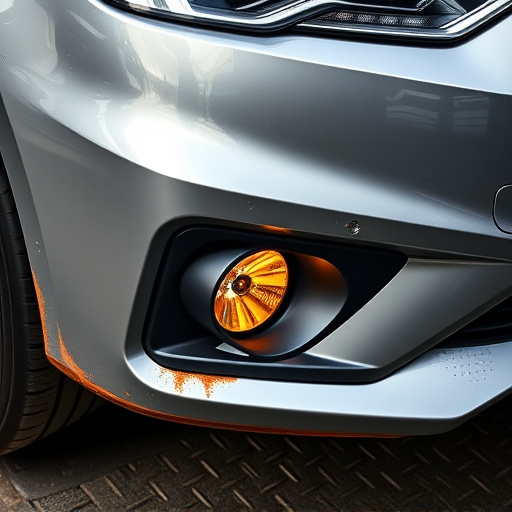
Tesla repeater camera replacements are needed due to technical glitches, physical damage, extreme we…….

Tesla repeater camera replacement is crucial for vehicle safety and driver assistance, addressing re…….
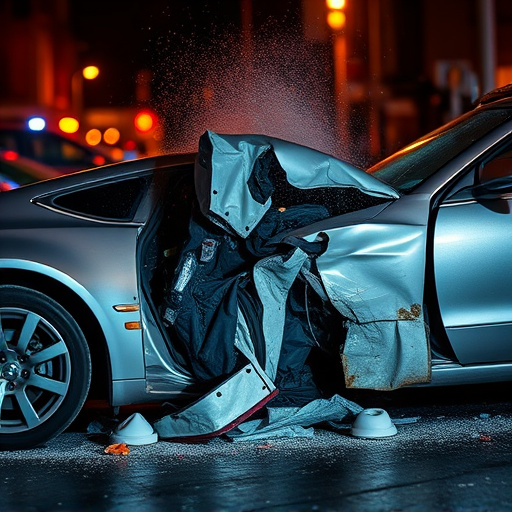
Replacing a Tesla repeater camera requires expert EV repair knowledge due to advanced technology. Co…….
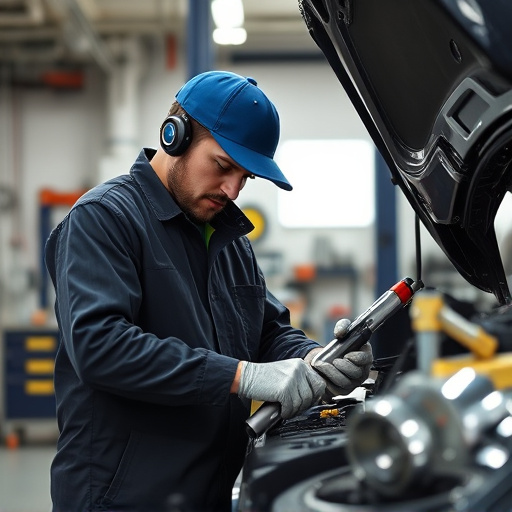
The waterproof design of Tesla repeater cameras is crucial for reliability. Replacing this component…….
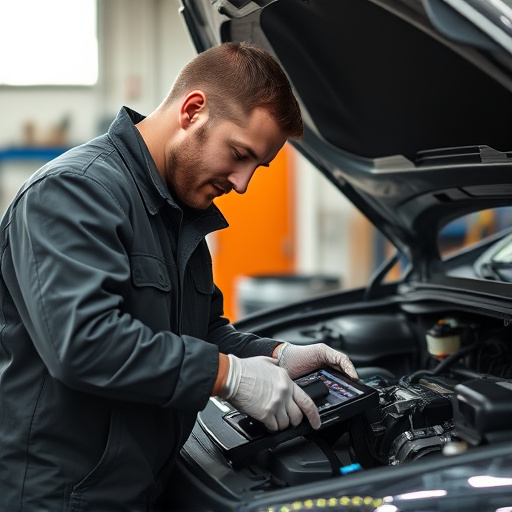
A Tesla repeater camera replacement after mirror/trim work is vital for safety and optimal performan…….